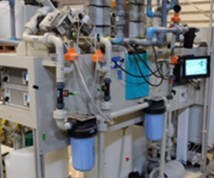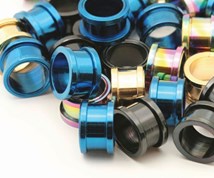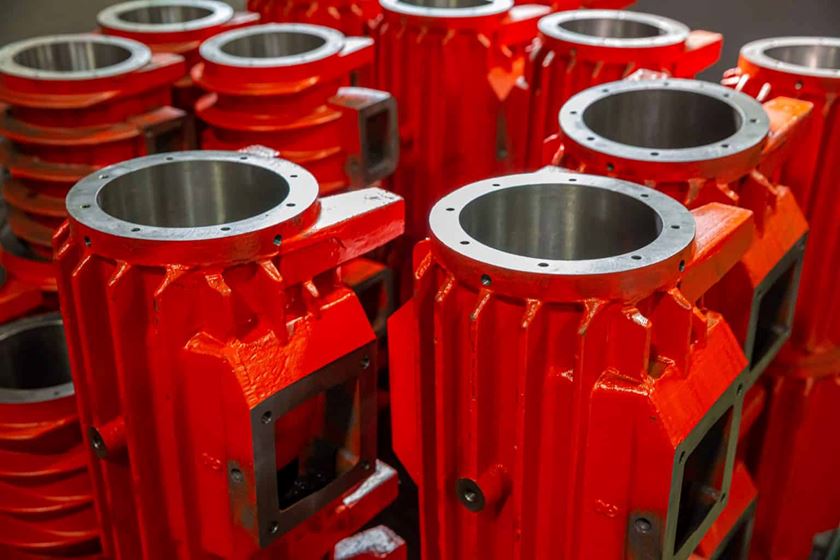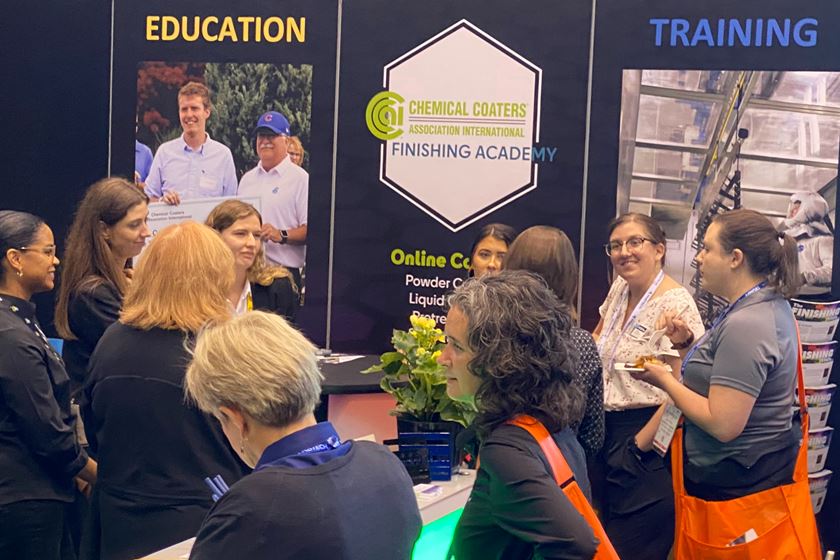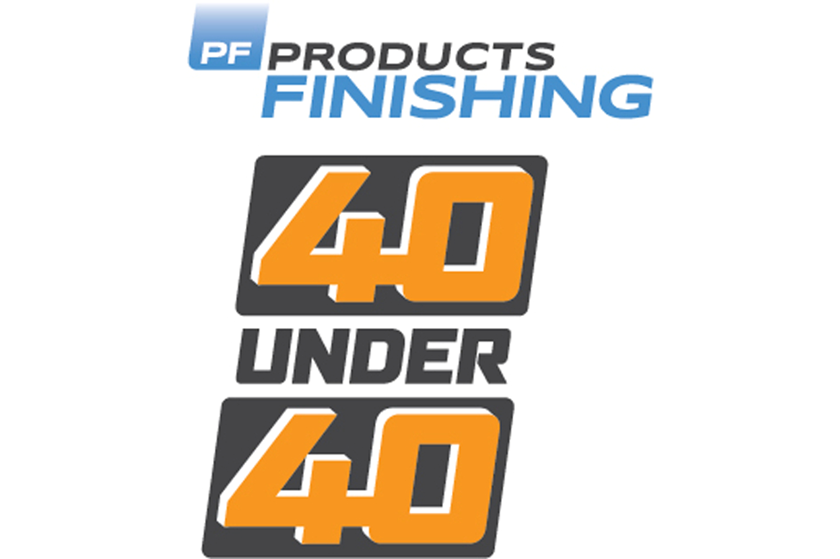Chemical Accelerator Mass Finishing
Can you recommend a vibratory or mass finishing process for smoothing grinding lines on hardened steel gears?
Q. We manufacture hardened steel gears of all types and sizes. We have a vibratory machine, but it’s been ineffective in smoothing our grinding lines. Can you recommend a vibratory or mass finishing process?– H.P.
A. We recommend a chemical accelerator process in your vibratory machine. The machine must have a precise flow-through soap compound system, and coated or stainless drains. Chemical accelerator finishing processes can be accomplished in vibratory, high-energy centrifugal disc, spindle and drag finishing systems. The process produces super surface refinement (in the 2-to-4-Ra finish range) and keeps edge radiusing to a minimum.
Featured Content
Chemical accelerators (oxalic acid, phosphates or citric acids) are metered into and carried by a cutting or non-cutting, high-density (110 to 140 lbs per cu ft), preformed media. The accelerator chemical continuously oxidizes the surface of iron-based and some non-ferrous metal alloys, enabling the high-density ceramic media to remove metals at much higher rates. The accelerator system cuts, refines, and brightens surfaces within the same machine and media.
The vibratory chemical accelerator system has a low initial equipment cost for the amount of material it’s capable of removing . A key component to all chemical accelerator systems is an accurate compound delivery system. This system uses two compound pumps and flow meters to deliver the refinement accelerator chemical, and then a burnishing compound for brightening, if required.
Applications for chemical accelerator systems include refinement and decorative finishes on hand tools, surgical instruments, medical implants, gun parts, knives, pre-plate finishing, air foils, stator rings, gears and bearings.
In particular, the gear industry (within the aerospace, automotive, wind-steam-and-gas turbine industries) has found that accelerator processes improve gear life as much as three times. The process will:
- Reduce gear friction, running temperatures and wear
- Reduce gear noise and vibration
- Increase oil retention
- Remove manufacturing process lines produced by cutting, grinding, hobbing or honing
- Eliminate manufacturing corrosion superior to bead blasting
- Increase fuel economy
- Obtain 2 to 4 Ra finishes in the root fillet areas
- Increase load capacity of gear lubricant.
Chemical accelerator mass finishing is an excellent process for your gear finishing.
RELATED CONTENT
-
Making the Best Choices in Mass Finishing
Choice of equipment, media and compounds has a major impact on your finishing applications.
-
Mastering Sanitary Stainless Steel Finishes
Here’s a primer on the types of finishes required for equipment used in sanitary applications.
-
Buffing & Polishing: The Need for Speed
The correct peripheral speed is an important consideration in getting the right results from your buffing operation. A buff that is turning too fast or too slow may result in damage to the buff or to the workpiece.



